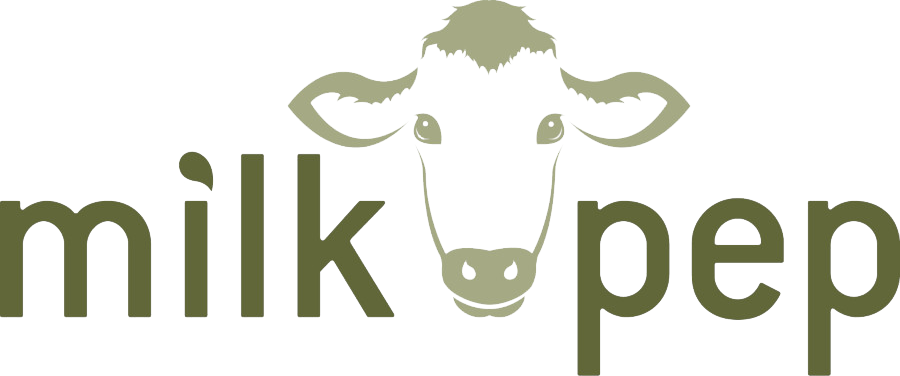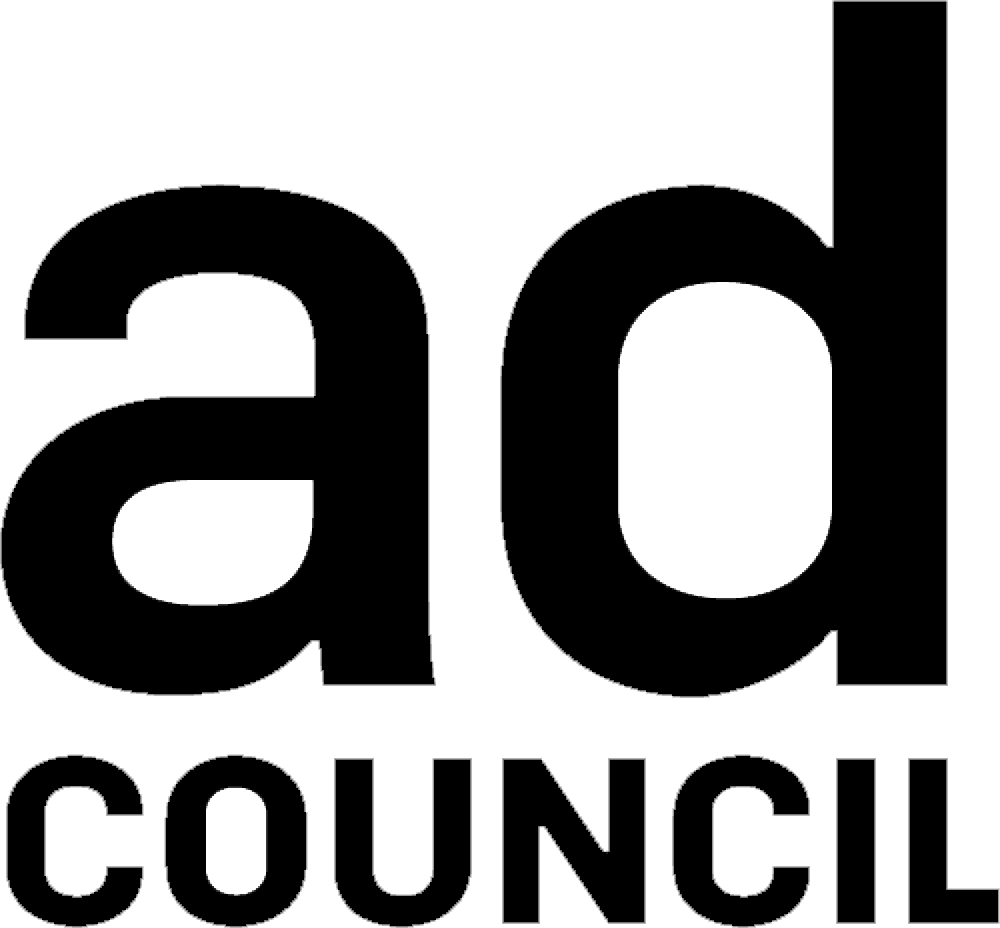BRIDGE24 Key Takeaway
Strategic DEI initiatives drive positive community impact and business growth.
JPMorgan Chase's Head of Community Development and National Partnerships shares lessons on driving positive community impact through DEI initiatives.
At BRIDGE24, Justin Grant, Head of Community Development and National Partnerships at JPMorgan Chase, shared valuable insights on how strategic Diversity, Equity & Inclusion (DEI) initiatives can drive positive community impact and fuel business growth. This case study reveals how one of the world's largest financial institutions is addressing historical inequities and fostering economic growth in marginalized communities.
The Genesis of Change: Addressing a Painful History
In 2018, JPMorgan Chase CEO Jamie Dimon recognized the need to address the painful history of discrimination in banking, particularly the practice of "redlining" that blocked Black and brown people from obtaining home loans in certain neighborhoods. This realization led to the creation of the Advancing Black Pathways initiative, designed to drive economic growth in Black communities globally.
“Jamie approached Thasunda Duckett, then CEO of Chase consumer banking, and said, ‘T, we’ve got to do more in the Black community as a firm.’ T, being the visionary leader that she is, took that directive and ran with it.”
— Justin Grant
JPMorgan Chase's Four-Step Approach to DEI Strategy
1. Data Analysis
The first step involved rigorous examination of data to understand the issues. For instance, data revealed that Black families hold only $15 for every $100 that white families possess, highlighting the stark wealth disparity.
2. Resource Allocation
JPMorgan Chase focused its efforts on areas with significant Black populations, known as "Chocolate Cities," ensuring resources were directed where they could have the most impact.
3. Strategic Planning
The firm developed focused strategies based on three core pillars:
- Education
- Careers
- Wealth
4. Benchmarking and Measurement
Setting and tracking measurable goals was crucial. Some of the targets included:
- Provide financial health training to 1,000 students
- Hire 4,000 students over five years
- Reach 300,000 entrepreneurs with educational resources
Practical Applications of DEI Strategies
The workshop also explored how organizations can apply similar approaches to various DEI challenges:
Inclusive Compensation Philosophy
Focusing on closing pay gaps for women, people of color, and individuals with disabilities. Using benchmarks like the UK pay gap report and industry standards can ensure competitive and fair compensation.
Increasing Employment Opportunities for People with Disabilities
Despite 15% of the US population having a disability, only 4.6% are employed. Strategies include leveraging Employee Resource Groups (ERGs), engaging external vendors, and budgeting for accommodations.
Encouraging 401(k) Participation
Recognizing that participation in 401(k) plans tends to increase with age, income, and job tenure, organizations can utilize existing company infrastructures to educate and encourage employees to participate, aiming to "solve for that equitable disparity and bridge the gap."
Conclusion: A Call to Action
JPMorgan Chase's approach to DEI demonstrates that when large institutions commit to addressing historical inequities, they can create significant positive impact. By following a structured, data-driven approach and setting measurable goals, organizations can drive genuine change both within their walls and in the broader community.
As we move forward, it's clear that DEI initiatives are not just about social responsibility—they're fundamental to business growth and community development. Companies across all sectors can learn from this approach, adapting these strategies to their own contexts to foster more equitable, inclusive, and prosperous communities.
Next Steps for Implementing Your DEI Strategies
- Assess your organization's current DEI initiatives and identify gaps.
- Develop a data-driven DEI strategy using the four-step approach outlined above.
- Create specific, measurable goals for your DEI initiatives.
- Engage stakeholders across your organization in the DEI strategy implementation.
- Regularly review and adjust your DEI strategies based on measured outcomes.
By adopting these strategies and following these steps, organizations can drive positive community impact and foster a more diverse, equitable, and inclusive environment. As JPMorgan Chase's initiative demonstrates, committed leadership and a structured approach can lead to meaningful change in addressing historical inequities and promoting economic growth for marginalized communities.





